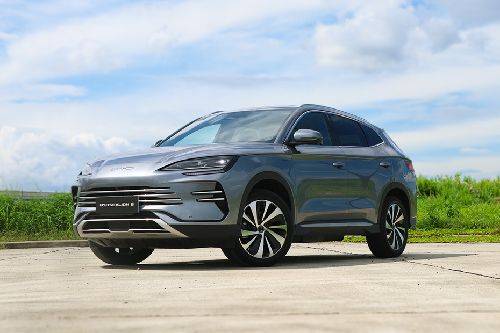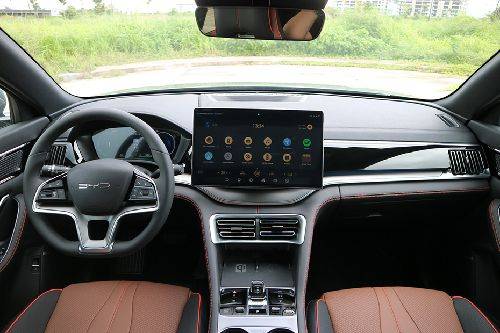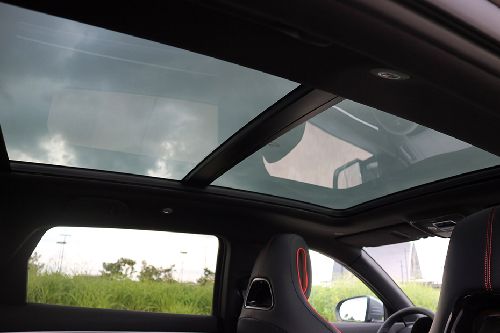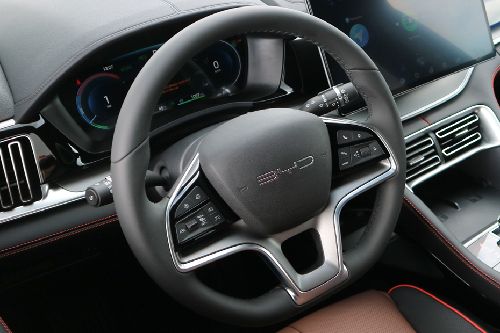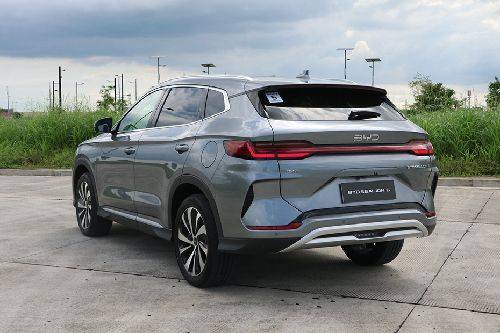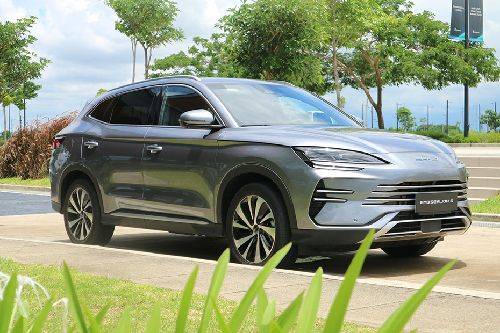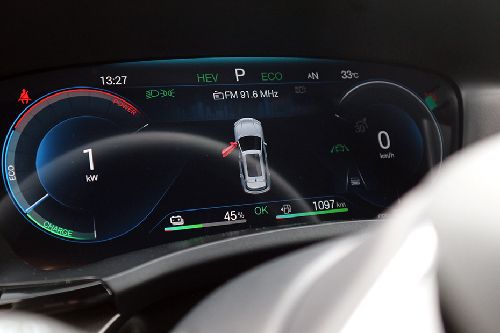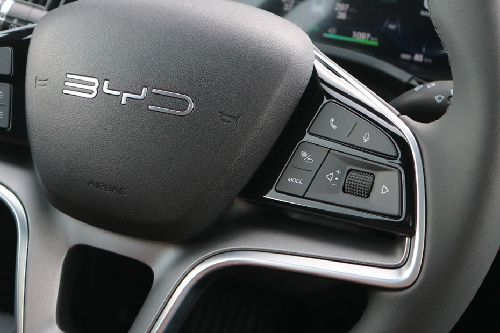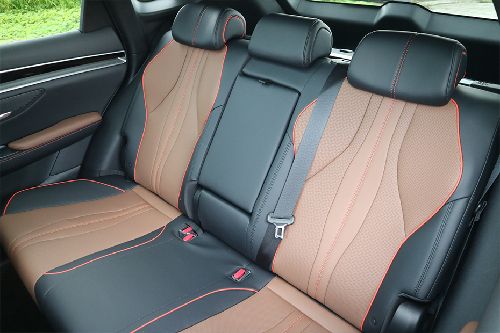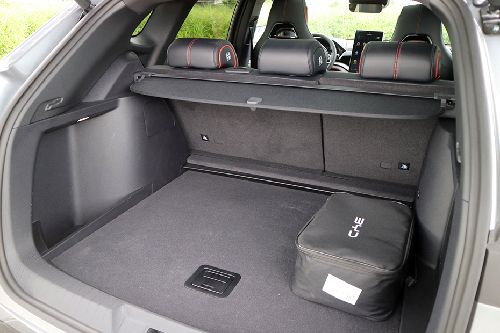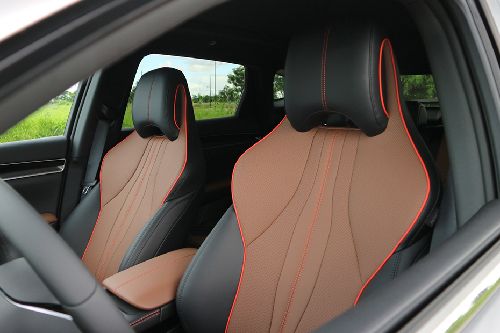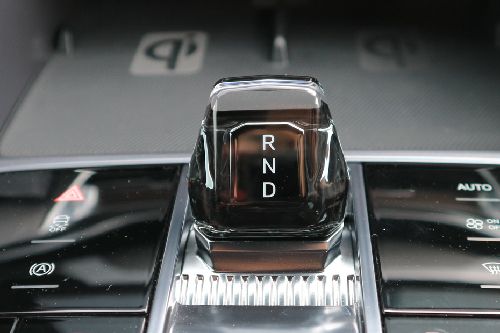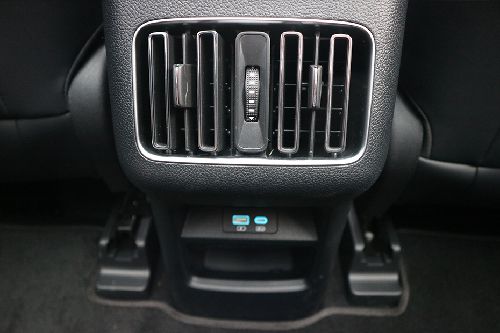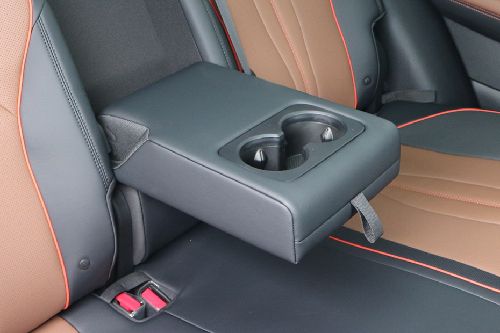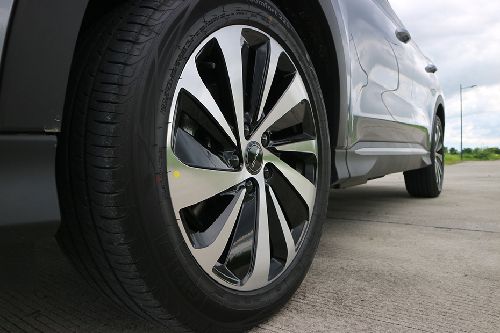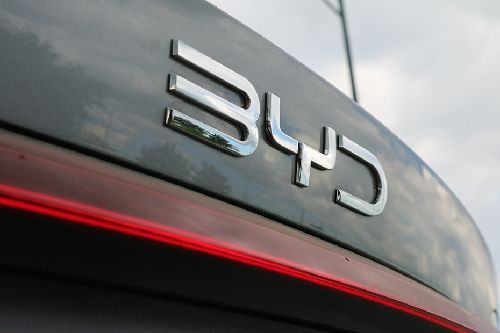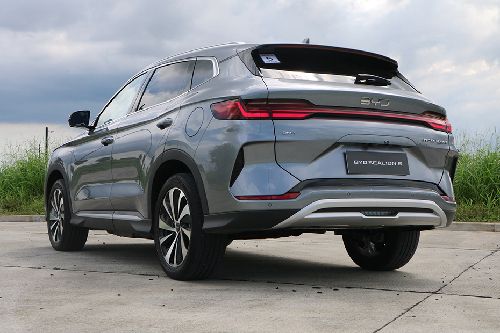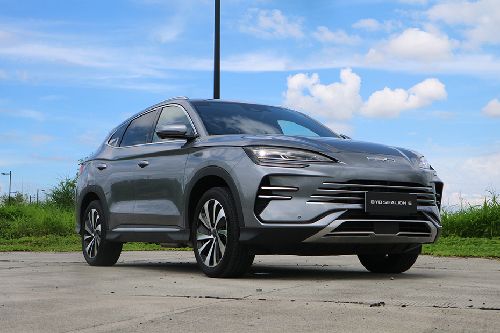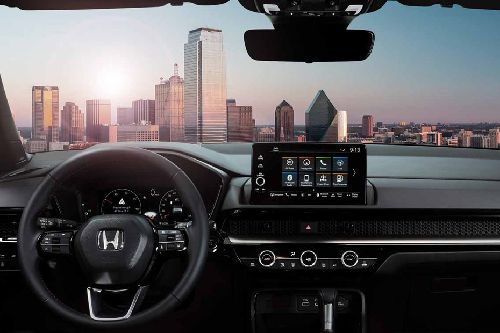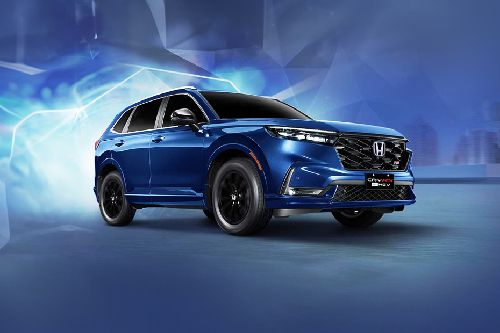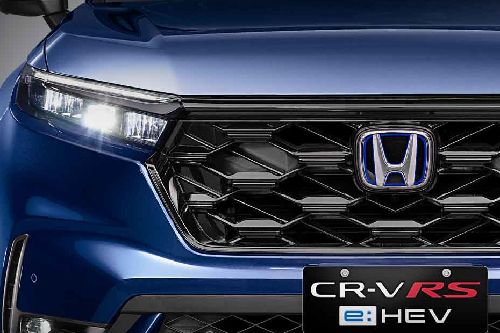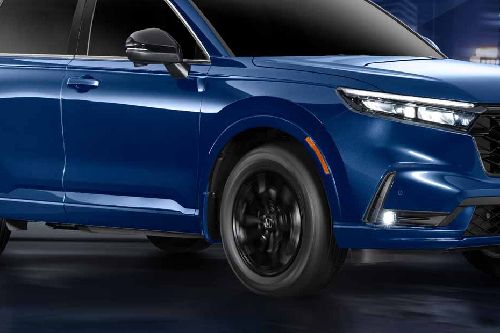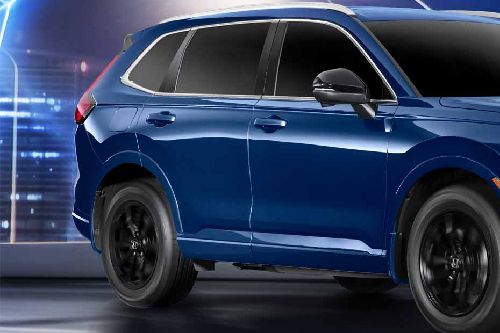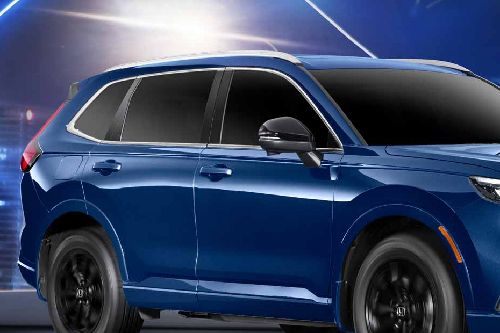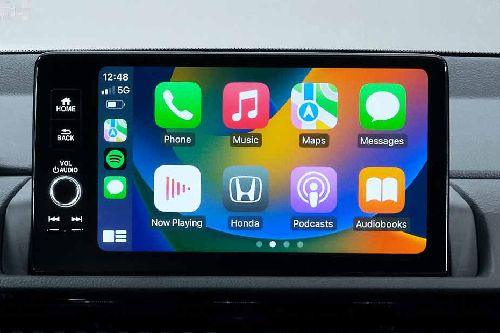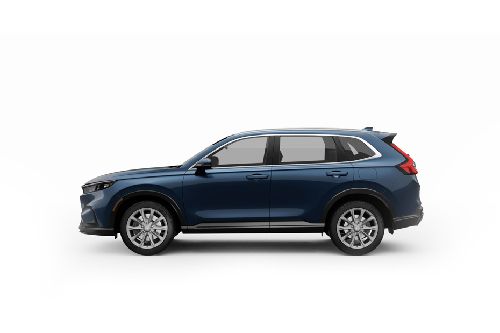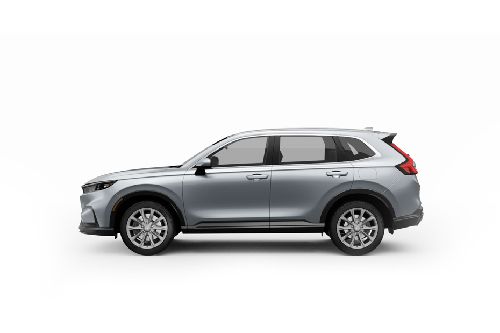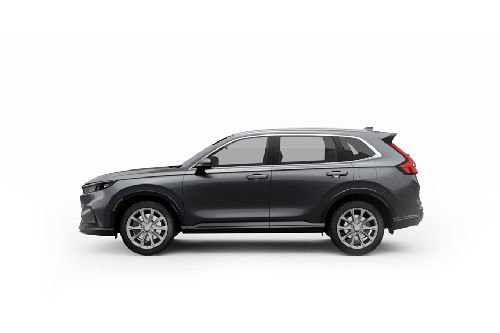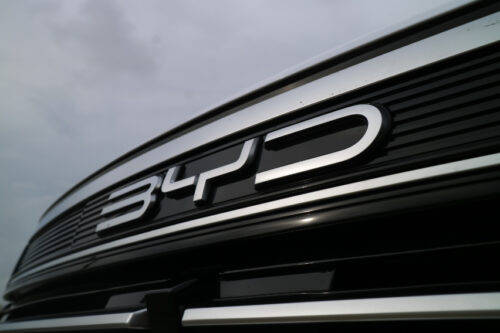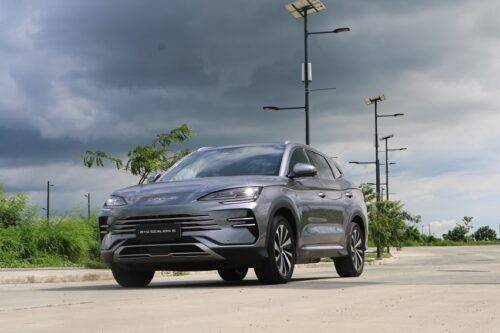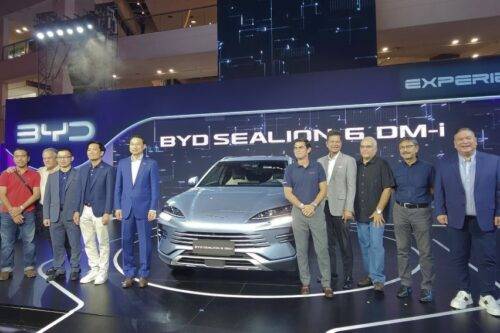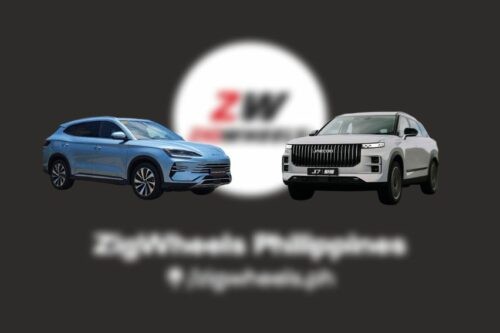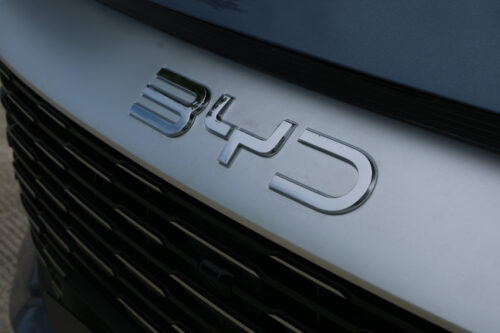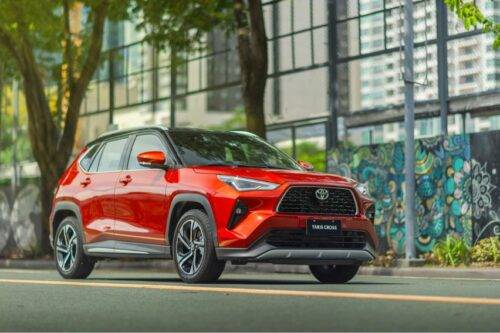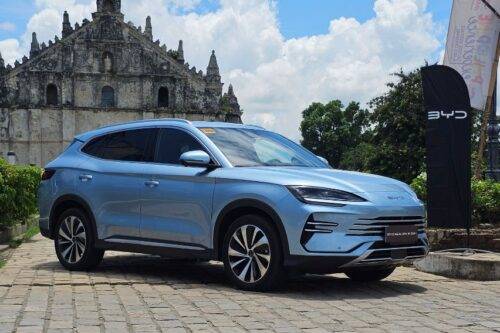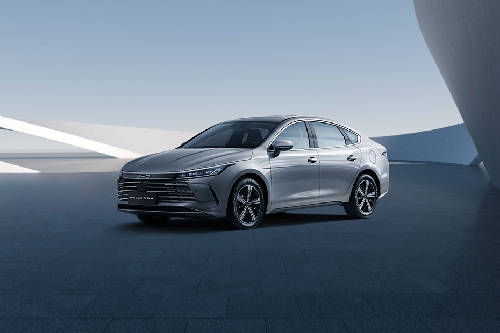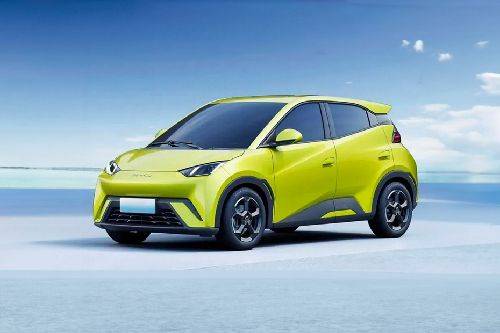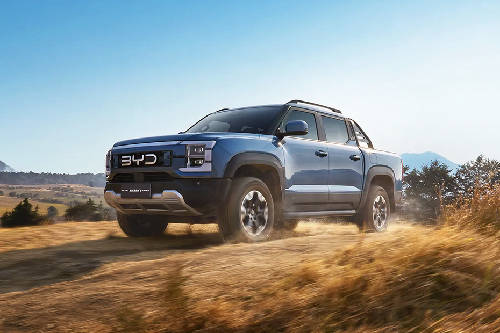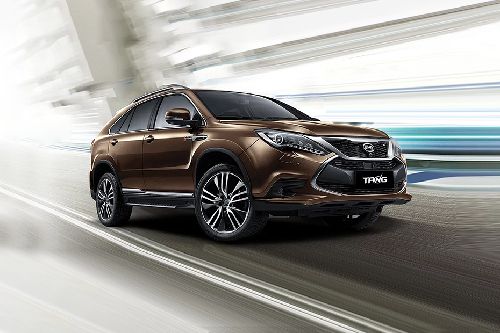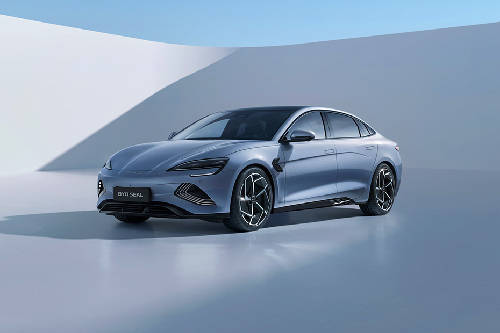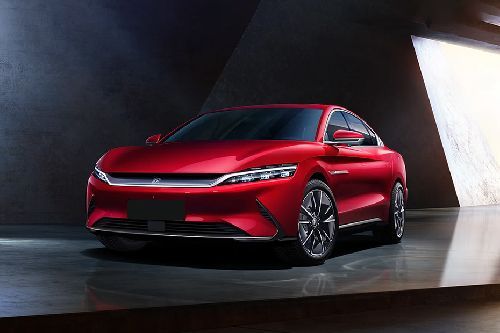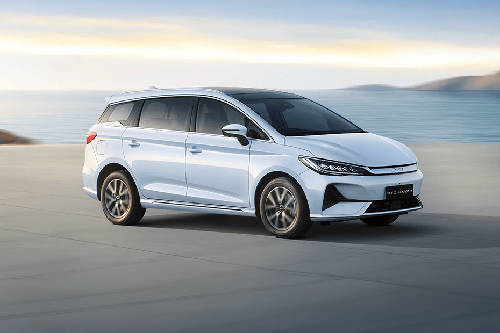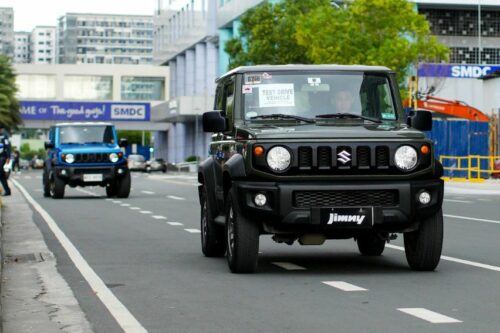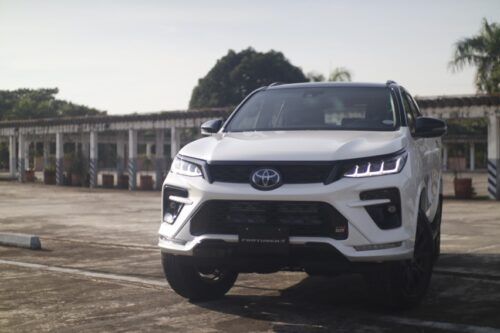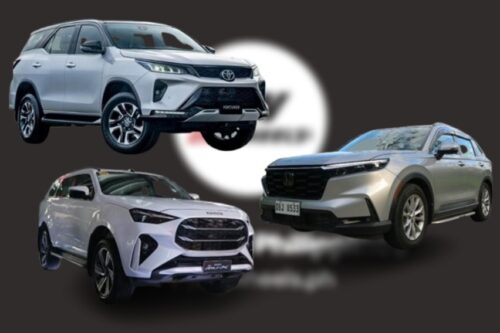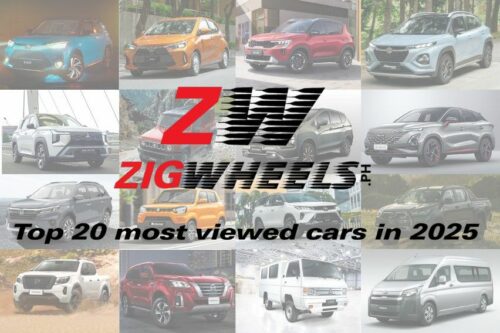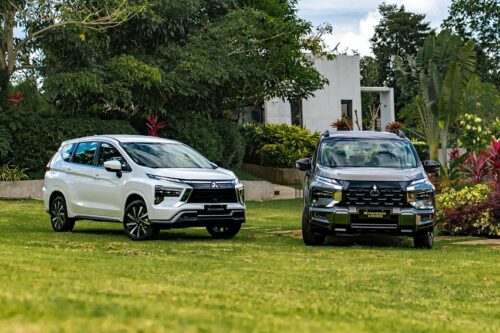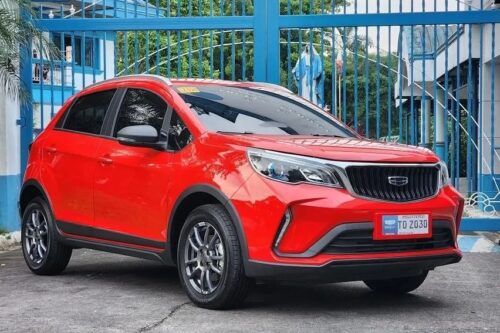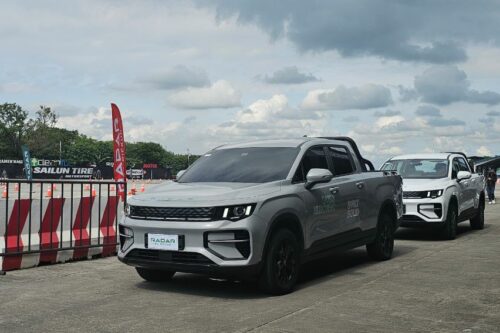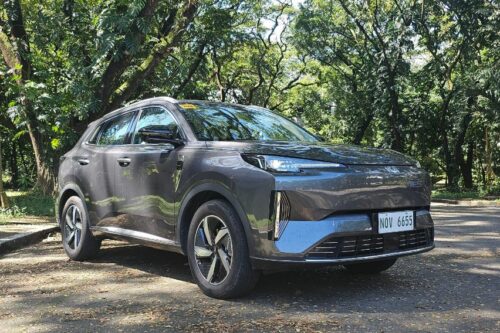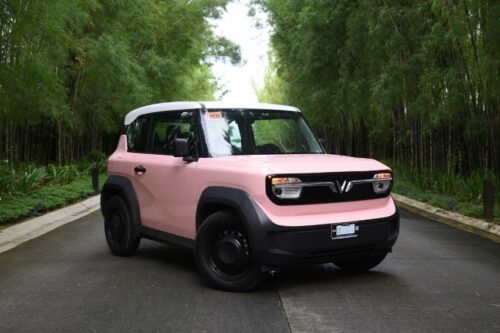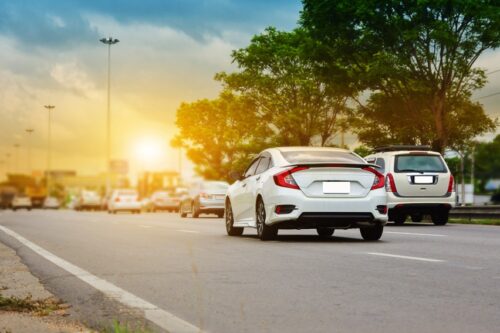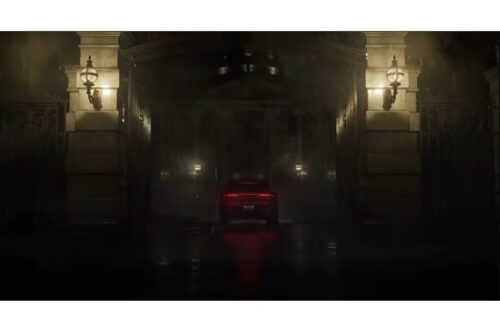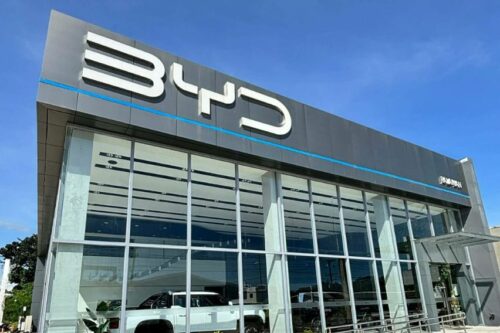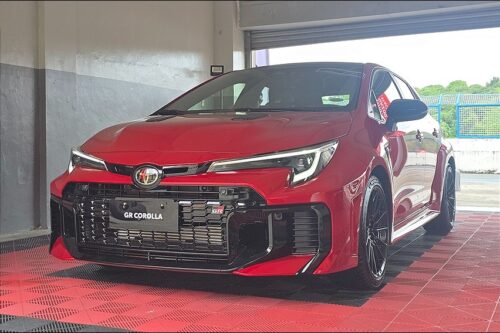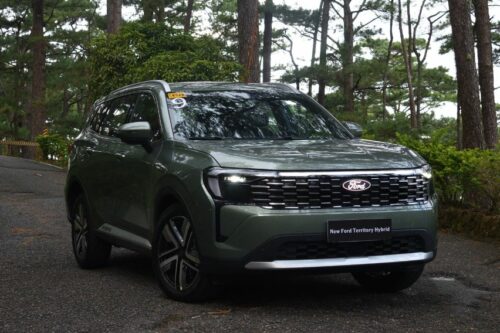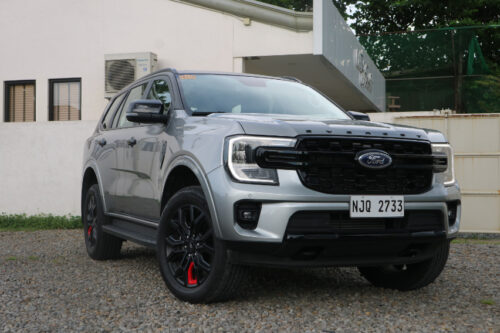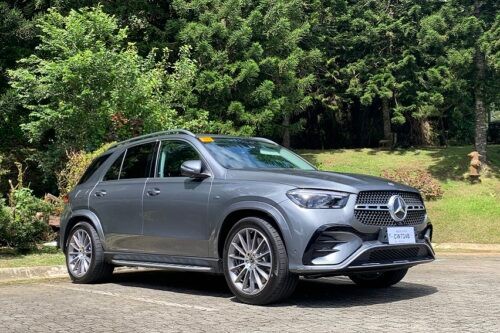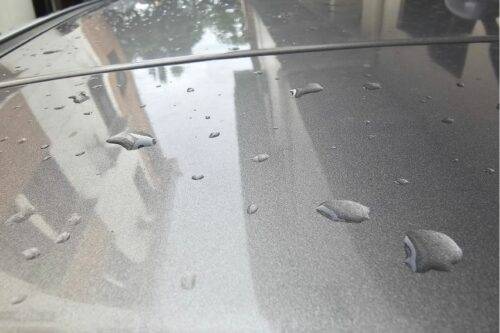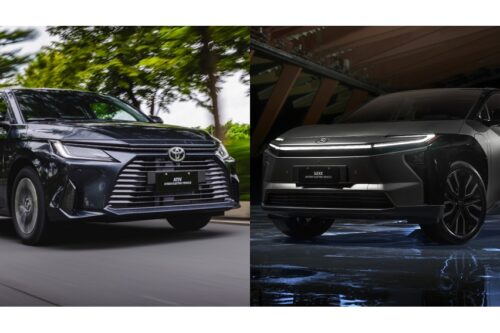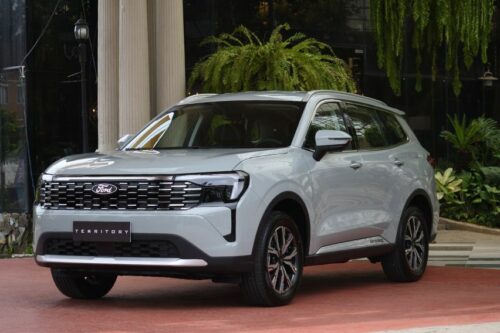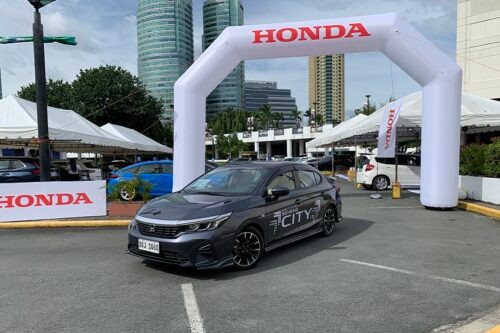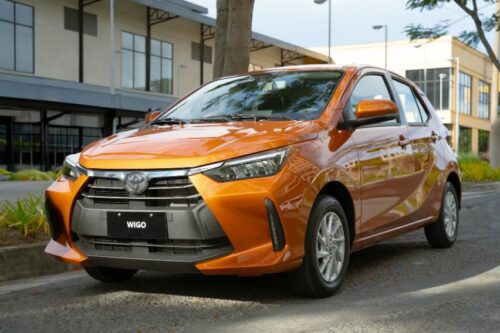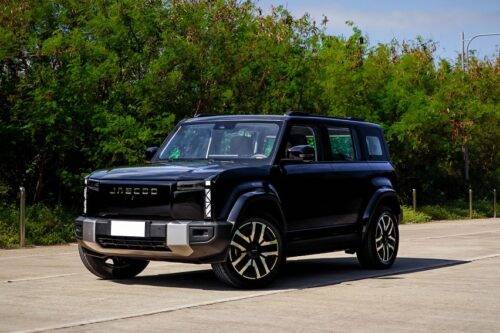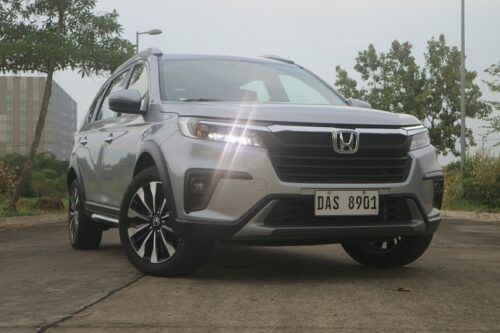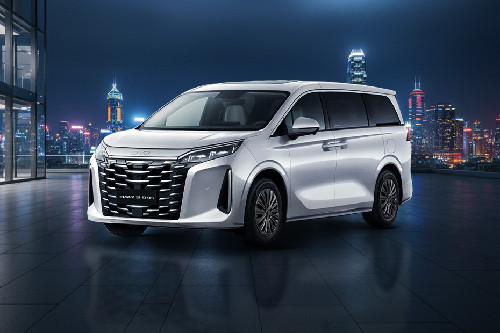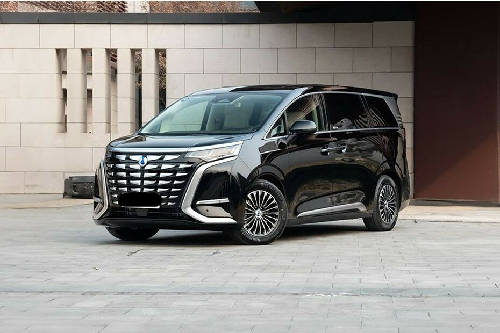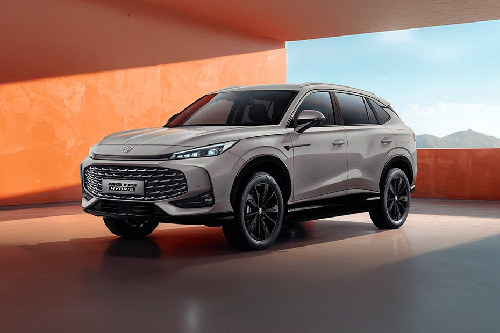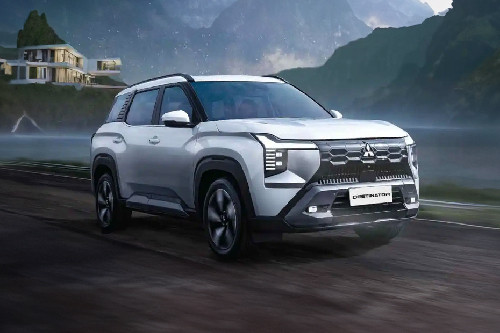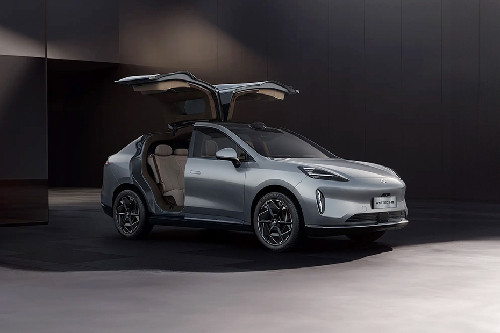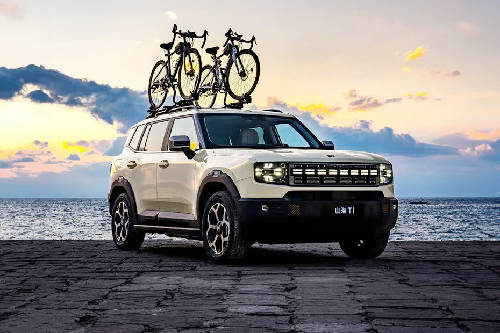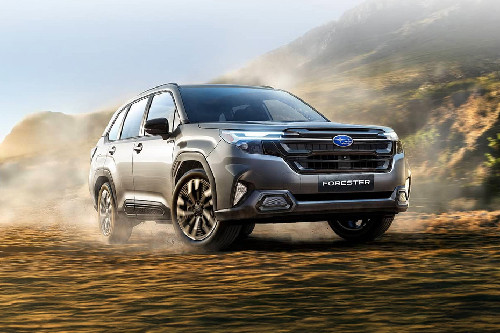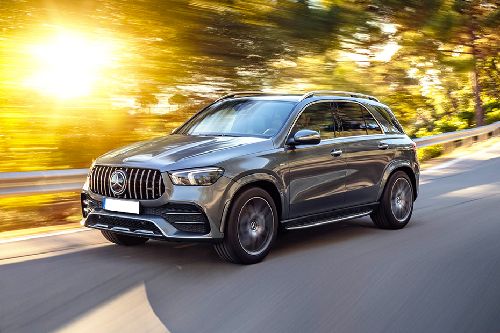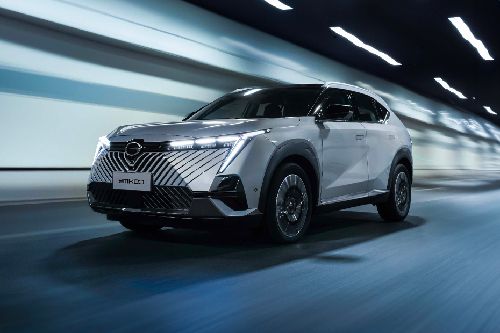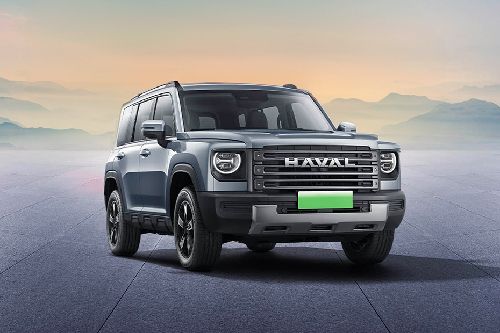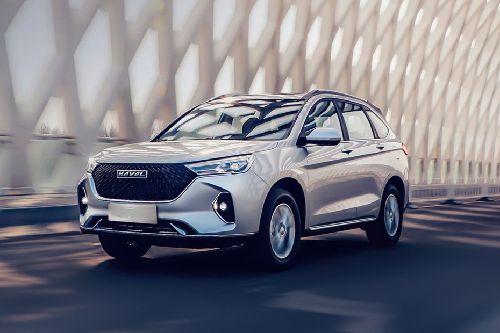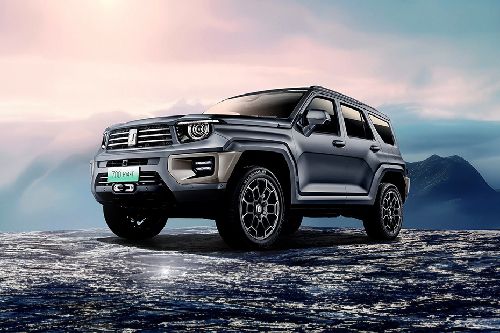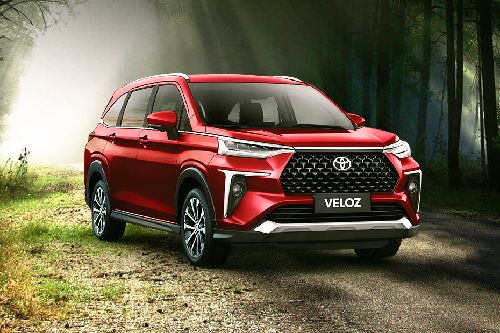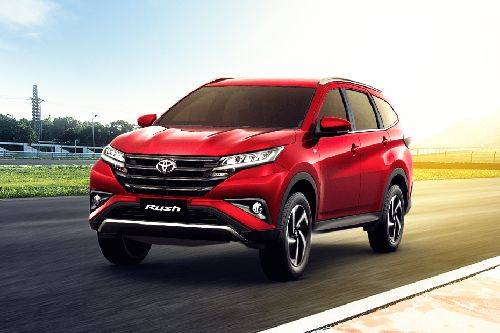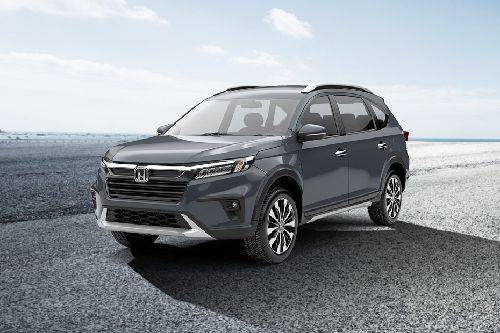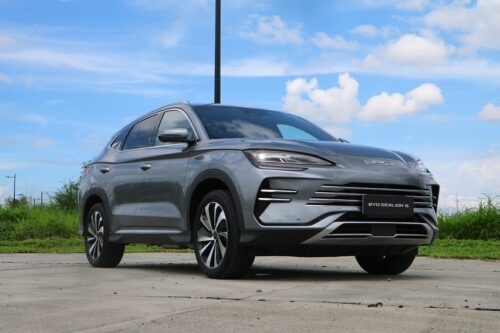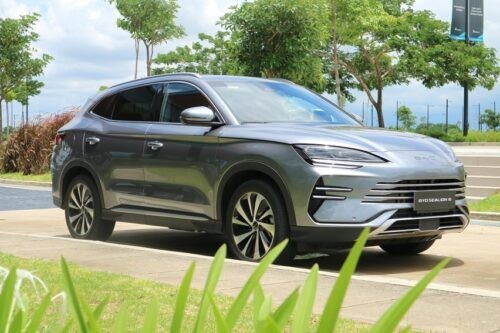Hybrid crossover shoot-out: BYD Sealion 6 DM-i vs. Honda CR-V RS e:HEV
Let’s find out which five-seater hybrid crossover hits the spot specs-wise

BYD Cars Philippines has already brought in the Sealion 6 DM-i for the local market. As such, buyers looking for a capable hybrid crossover have received one more option to look out for.
KEY TAKEAWAYS
What is the price of the BYD Sealion 6 DM-i in the Philippines?
In the Philippines, the BYD Sealion 6 DM-i is priced at P1.548 million.What is the price of the Honda CR-V RS e:HEV in the Philippines?
In the Philippines, the Honda CR-V RS e:HEV is priced at P2.59 million.Before the said model’s local launch, however, there are already several electrified crossovers holding a significant portion of the segment’s market share. One of the aforementioned is the Honda CR-V RS e:HEV (hybrid electric vehicle), which has already seen 500 units sold since its introduction back in September 2023.
So, how does the BYD Sealion 6 DM-i fare against the CR-V RS e:HEV in terms of specs? Can the new model hold a candle against the Honda? Let’s find out.
Tale of the Tape
When it comes to size, the Sealion 6 is 4,775-millimeters (mm) long, 1,890-mm wide, and 1,670-mm in height. It also has a wheelbase length of 2,765-mm, and a ground clearance of 173-mm.
 Photo from Juan Paulo Papa
Photo from Juan Paulo PapaIn comparison, the CR-V RS is 4,691-mm long, 1,866-mm wide, and 1,681-mm tall. The Honda model’s wheelbase spans 2,701-mm, and it has a ground clearance of 208-mm.
For prospective car buyers, noting a vehicle’s size is crucial as it may provide clues regarding a model’s interior space. Checking a vehicle’s dimensions may also help determine whether the vehicle can fit in one’s garage or not.
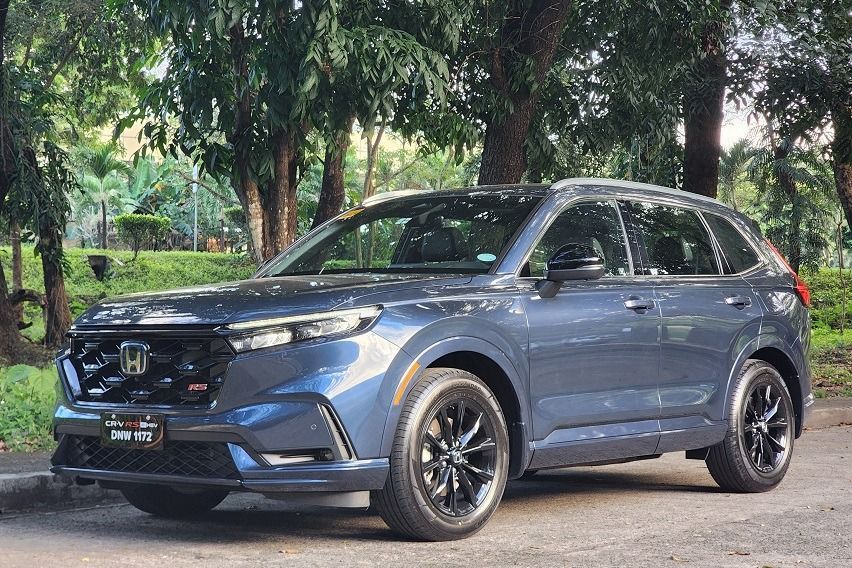 Photo from Ruben Manahan IV
Photo from Ruben Manahan IVIn the case of the two aforementioned crossovers, the Sealion 6 is longer and wider than the Honda. On the flip side, the Honda model is slightly taller, and it has more ground clearance as well.
Exterior
With regards to exterior design, both vehicles are presented with a mix of elegance and slight sportiness. Both get sleek curves, chrome-colored decorative bits, and the usual high crossover roofline. The two models combine the aforementioned elements with sharply-designed rear ends, deep and angular character lines, and a set of rakish-looking LED lighting fixtures.
When it comes to the two crossovers' front fascias, however, BYD and Honda went in completely different design directions. The one on the Sealion 6 features a more closed-off front with horizontal slats for its grille. Meanwhile, the CR-V RS gets a more traditional face with a wide-open grille.
 Photo from Juan Paulo Papa
Photo from Juan Paulo PapaFurthermore, the Honda model seems to have received more black-colored exterior pieces compared to the BYD. The said parts include its grille, its 20-inch wheels, and its power-folding side mirrors.
The BYD, meanwhile, gets a body-colored grille, a set of two-tone 19-inch wheels, and two-tone power-folding side mirrors.
Common exterior features shared between the Sealion 6 and the CR-V RS include a power tailgate, rain-sensing wipers, a sunroof, roof rails, and automatic LED headlamp functionality, among others.
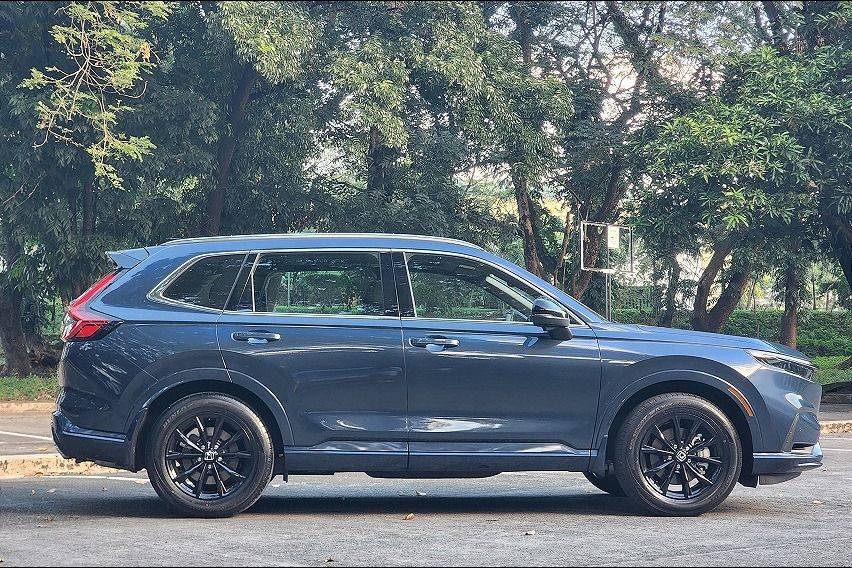 Photo from Ruben Manahan IV
Photo from Ruben Manahan IVUnlike the BYD model, the Honda vehicle does get an active cornering feature for its LED headlamps. The said feature allows for the vehicle’s LED light beams to have some degree of movement to illuminate the road when making turns. On the other hand, the Sealion 6 features a heating function for its side mirrors to help clear up condensation.
Interior
Inside, the two crossovers have a similar seating configuration, which can comfortably fit up to five adults (including the driver). The two also have modern-looking dashboards dominated by digital displays and a wealth of soft-touch surfaces clad in leather.
 Photo from Juan Paulo Papa
Photo from Juan Paulo PapaWhile the Honda CR-V RS does have some shiny decorative trims on its front cabin, the Sealion 6 offers an increased amount of eye candy. Its dashboard has more in the way of chrome interior pieces, plus it features a crystal-like gear shift lever, which is arguably more stylish compared to the CR-V’s regular stick shifter.
Furthermore, both come with leather-wrapped steering wheels, but the one on the BYD model has a flat bottom, while the Honda’s steering wheel is a plain circle.
As mentioned, the two vehicles are fitted with digital displays. On the BYD, it has a 12.3-inch digital gauge and a 15.6-inch infotainment screen. The said central display on the Sealion 6 offers wireless Apple CarPlay and Android Auto. It is also linked to a 10-piece Infinity speaker system.
Meanwhile, the Honda CR-V RS comes with a 10.2-inch digital gauge and a nine-inch central touchscreen. The said screen also gets wireless Apple CarPlay and Android Auto. Sound inside the Honda model is outputted by a 12-piece Bose speaker system.
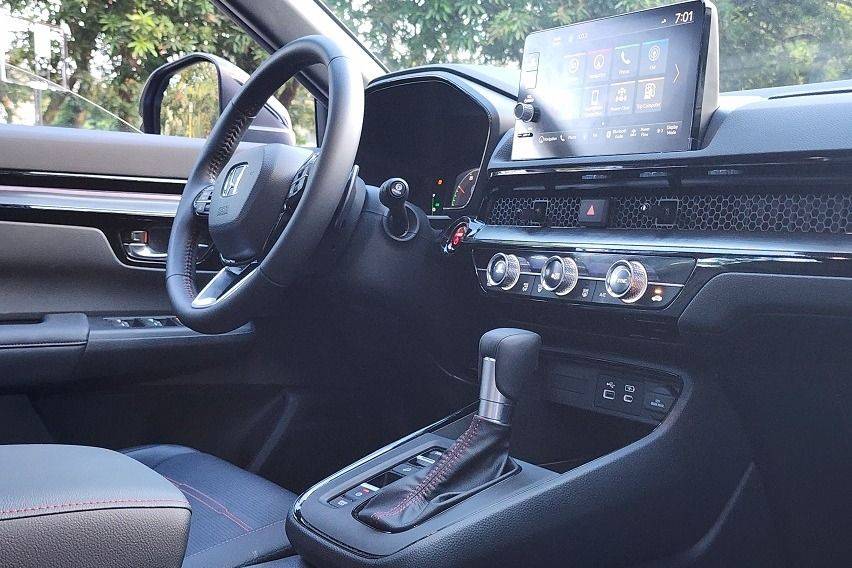 Photo from Ruben Manahan IV
Photo from Ruben Manahan IVThe infotainment on the BYD is markedly larger than the one on the Honda. On the one hand, the CR-V RS may have better sound quality due to having more speakers.
Smartphone charging, though, can be easier inside the BYD as it gets two wireless charging pads. The Honda model only gets one pad, but both vehicles get an abundance of USB ports.
Also, the BYD’s infotainment offers a rotating feature, while the Honda model’s screen does not. Both user interfaces on the two rides are good, but some apps can look better with a vertically aligned screen.
Other interior amenities found on both the Sealion 6 and CR-V RS include a push-to-start button, power-adjustable front seats, dual-zone automatic climate control (with rear vents), an auto-dimming rearview mirror, a 60:40 split-folding rear seat, a center front cabin arm-rest, coat hangers, and ambient lighting, among others.
Safety
For safety, the two electrified models have what one would expect from a modern crossover. Both have anti-lock braking, stability control, hill-descent control, ISOFIX child seat anchors, traction control, tire pressure monitoring, a car alarm, a 360-degree view camera, and an engine immobilizer. Both also feature plenty of airbags, with six for the Sealion 6 and eight for the CR-V RS.
Both vehicles also get their own suite of advanced driver-assist systems (ADAS). On the Sealion 6, it is known as the DiPilot. The CR-V RS, meanwhile, has the Honda Sensing suite.
The two sets of ADAS both have adaptive cruise control, autonomous emergency braking, lane-keep assist, and a speed limiter, among others. The one on the BYD, however, comes with a traffic sign recognition system, which is not present on the Honda. On the flip side, the Honda model comes with a lead car notification warning, which is unavailable on the BYD.
Engine
As mentioned above, both the BYD Sealion 6 DM-i and the Honda CR-V RS e:HEV are hybrids with internal combustion engines (ICE) paired with an electric motor and a battery.
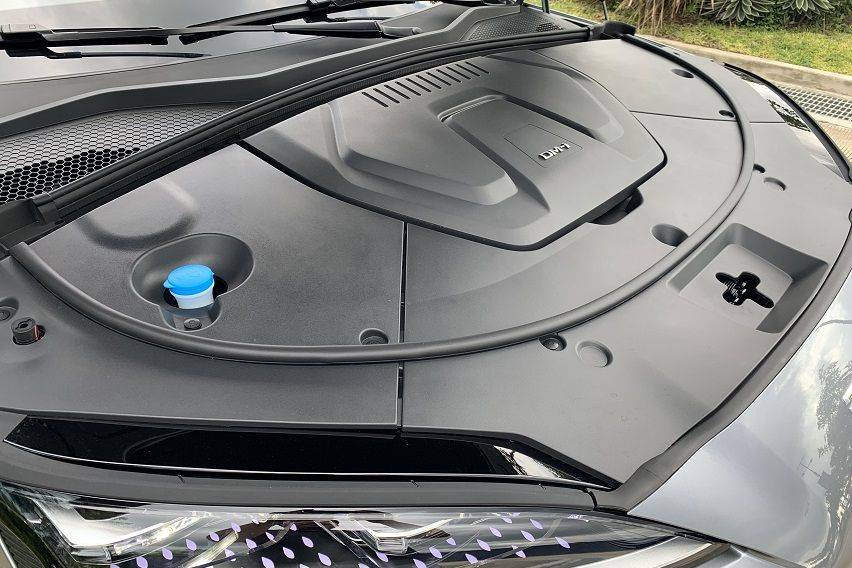 Photo from Juan Paulo Papa
Photo from Juan Paulo PapaFor key differences between the two powertrains, the Sealion 6 uses its 1.5-liter internal combustion engine as a generator for its 18.3 kilowatt-hours (kWh) Blade battery. The said battery powers the car’s permanent magnet synchronous motor, which sends up to 214 horsepower (hp) and 325 Newton-meters of torque to the vehicle’s front wheels.
The Honda CR-V RS, meanwhile, utilizes a 2.0-liter engine that works in tandem with a dual-motor setup and a lithium-ion battery. The Honda’s ICE and motors work interchangeably with one another, with the electric component switching to pure electric mode as needed.
In total, the e:HEV system on the CR-V RS can produce up to 181 hp and 335 Nm of torque. Like the BYD, the CR-V RS is also a front-wheel-drive vehicle.
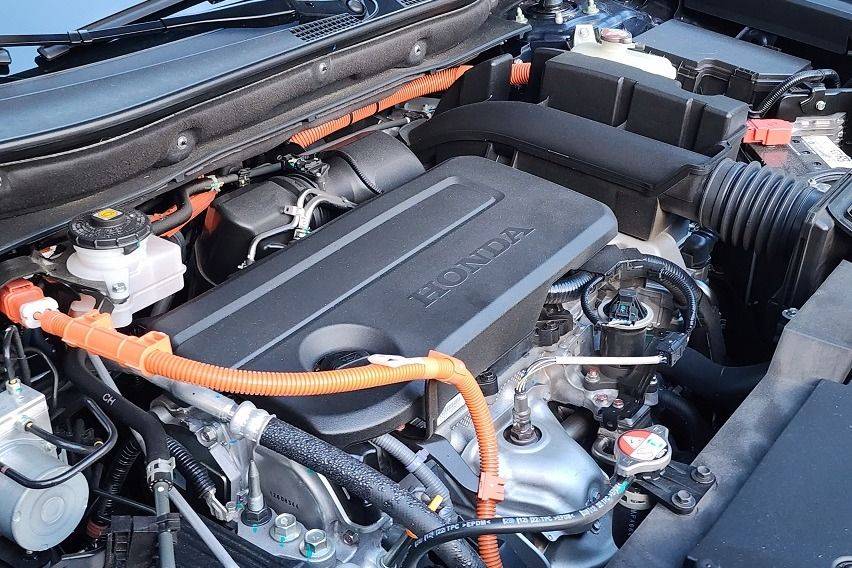 Photo from Ruben Manahan IV
Photo from Ruben Manahan IVCommon mechanical features between the two vehicles include regenerative braking, selectable drive modes (with pure EV mode), four-wheel disc brakes, and an electronic parking brake.
The BYD, however, uses a single-speed reduction gear, while the CR-V RS comes with an electronic continuously variable transmission. In addition, the BYD gets a vehicle-to-load (V2L) capability, which is not present on the Honda.
For reference, V2L allows owners to use the Sealion 6 as a source of power. Relatedly, the BYD model can likewise be topped up using a Type 2 charger.
Variants, Price
- BYD Sealion 6 DM-i: P1.548 million
Honda CR-V
- CR-V 1.5 V Turbo CVT: P2.1 million
- CR-V 1.5 VX Turbo CVT: P2.28 million
- CR-V RS e:HEV: P2.59 million
Verdict
Specs-wise, the BYD Sealion 6 DM-i appears to be a good match-up against the Honda CR-V RS e:HEV. The newer model has a comparable amount of creature comforts and safety features. It even has a peppier powertrain.
On the other hand, considerations for pricing are skewed in favor of the BYD by far. For perspective, the Honda carries a P1.042 million premium over the Sealion 6.
To argue, this is where a buyer’s preference may become a factor. For example, some may like the styling of the CR-V RS better than the BYD model.
As mentioned above, the CR-V RS has a powertrain that is totally different from that of the BYD. In a nutshell, the Honda is closer to traditional ICE models, while the BYD crossover works more like a battery-electric vehicle since its gasoline-powered component is solely used as a generator. For the said point in comparison, a buyer may also prefer one over the other.
In the end, serious car buyers looking for a hybrid vehicle should take each model for a good old test drive. Comparing specifications is good for research, but getting wheel time behind the Sealion 6 and CR-V RS might contribute to a more informed buying decision.
Also read:
Cabin check: What’s inside the BYD Sealion 6 DM-i?
Sell your car at the best price
 Verified and genuine buyers
Verified and genuine buyers
BYD Sealion 6 DM-i Related Stories
- News
- Featured Stories
- Expert Review
BYD Car Models
Don't Miss
Trending & Fresh Updates
- Latest
- Popular
You might also be interested in
- News
- Featured Stories
BYD Featured Cars
- Latest
- Upcoming
- Popular
Latest BYD Sealion 6 DM-i Car Videos on Zigwheels

Compare & Recommended
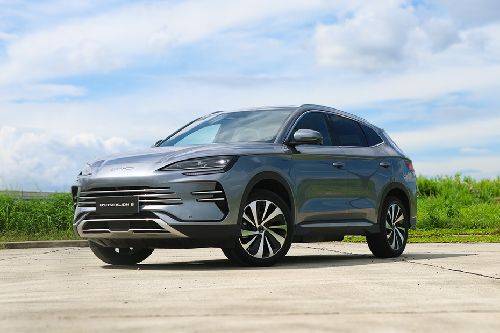
|
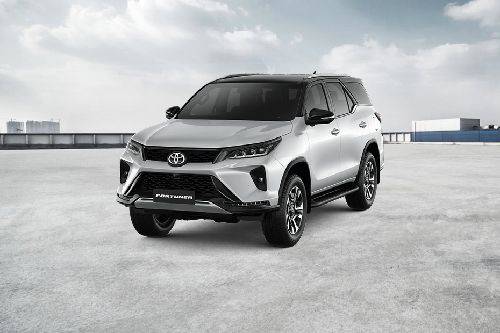
|
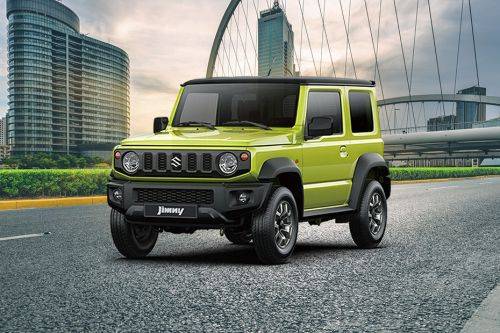
|
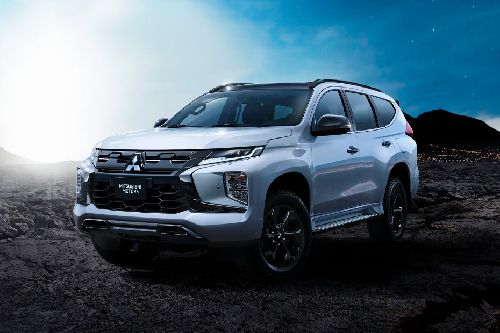
|
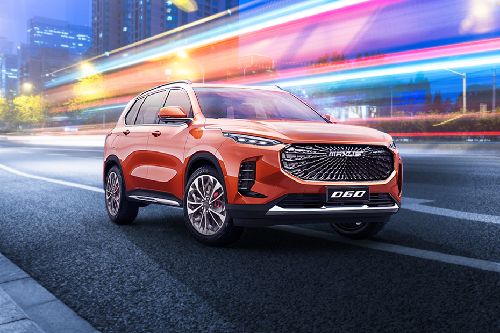
|
|
Seating
5
|
7
|
4
|
7
|
5
|
|
Fuel Type
Gasoline
|
Diesel
|
Gasoline
|
Diesel
|
Gasoline
|
|
Engine
1497
|
2393
|
1462
|
2398
|
1490
|
|
Power
97
|
148
|
101
|
179
|
167
|
|
Torque
122 Nm
|
400 Nm
|
130 Nm
|
450 Nm
|
250 Nm
|
|
Transmission Type
Automatic
|
Manual
|
Manual
|
Manual
|
Automatic
|
|
|
Trending SUV
- Latest
- Upcoming
- Popular
BYD Sealion 6 DM-i Car Articles From Carmudi
- journal

